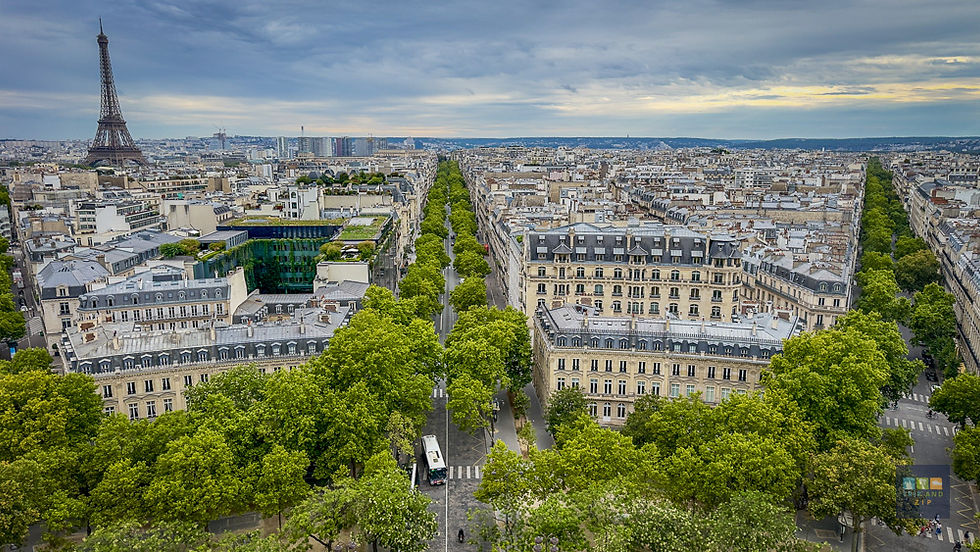The Hadrian Aqueduct - Caesarea Maritima Israel
- Trip And Zip

- Nov 3, 2011
- 1 min read
The Hadrian Aqueduct, also known as the Caesarea Aqueduct, stands as a brilliant example of Roman ingenuity, reflecting the empire’s unmatched expertise in hydraulic engineering. Constructed during the reign of Emperor Hadrian (117–138 CE), this sophisticated water system transported fresh water from Mount Carmel to the thriving port city of Caesarea Maritima, spanning an impressive 10 kilometers (6.2 miles)

What makes this aqueduct truly remarkable is its precision and durability. The Romans meticulously designed a network of stone channels, tunnels, and elevated arches, ensuring a steady water supply to a city that lacked natural freshwater sources. Using principles of gradient control, they maintained a gentle slope, allowing gravity to guide the water seamlessly across the distance—a feat of engineering still admired today.
Beyond serving as a lifeline for drinking water and irrigation, this aqueduct played a pivotal role in Caesarea’s urban expansion, supporting its baths, fountains, and public spaces. The city flourished as a key Mediterranean hub, thanks in part to this water system. The aqueduct’s resilience against time, standing over 1,800 years later, is a testament to the skill of Roman architects and engineers, whose innovations laid the groundwork for modern infrastructure.
Today, the ruins of the Hadrian Aqueduct remain a striking sight, drawing visitors and photographers alike. Walking along its remains, one can’t help but marvel at the brilliance of Roman engineering, which, even in ruins, continues to inspire admiration.




Comments